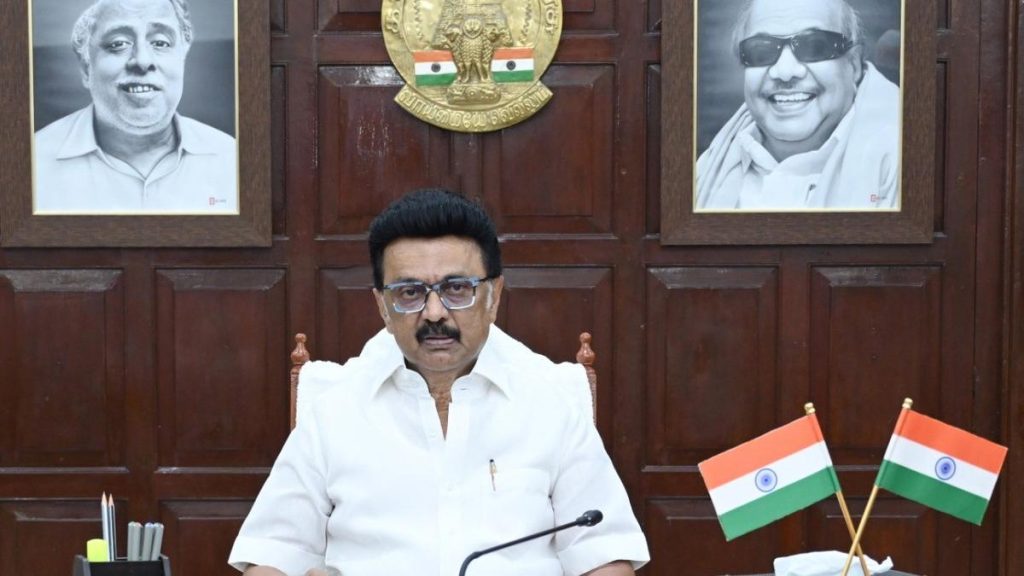Now Reading: 82% of Human-Street Dog Interactions in India Found Peaceful: Study
-
01
82% of Human-Street Dog Interactions in India Found Peaceful: Study
82% of Human-Street Dog Interactions in India Found Peaceful: Study

Quick Summary
- A study by the University of Edinburgh found that 82% of human-street dog interactions in India are neutral or approachable, while only 2% involve aggression such as barking, chasing, or biting.
- The Supreme Court has directed Delhi-NCR authorities to remove stray dogs from residential areas and place them in shelters to address rising cases of rabies and dog bites.
- Reported human rabies cases have decreased by nearly 75%, from 274 in 2005 to 34 cases in 2022, attributed to mass vaccination and improved post-exposure prophylaxis (PEP).
- Gaps remain in timely access to PEP and adherence to vaccine schedules.
- Mass removal or culling could reverse public health gains by attracting unfamiliar dogs into cleared spaces and creating ecological gaps filled by other threats.
- Public opinion surveys across cities like Chennai, Jaipur, and Malappuram show high support (86%) for neutering/vaccination initiatives but notable opposition (70-77%) towards culling even among individuals affected by dog aggression.
- The research recommends a science-led approach involving free PEP access, sustained vaccination efforts, food waste control measures, community education programs, and responsible caregiving practices.
Indian Opinion Analysis
The reduction of rabies cases over the past two decades highlights the effectiveness of India’s investment in extensive public health strategies. However, challenges persist regarding accessible post-exposure treatment protocols. The Supreme Court’s directive against stray dogs reflects growing concerns around safety but risks undermining lessons derived from scientific studies.As an example, evidence warns that abrupt removal can destabilize ecosystems rather than resolve behavioral or disease-related issues sustainably.
Public sentiment heavily favors compassionate alternatives like universal neutering and vaccination drives combined with responsible caregiving policies. This indicates an chance for policymakers to balance immediate safety needs with long-term community-based solutions that avoid exacerbating ecological imbalances while addressing urban animal management comprehensively.
Read more: Source Link

























